Insurance, a cornerstone of modern financial security, is undergoing a significant shift that is sending shockwaves through the industry and impacting policyholders’ wallets. The “hard insurance market,” a term used to describe a period of high premiums and restricted coverage, has emerged as a cause for concern for policyholders who are now grappling with dramatic increases in their insurance rates. In this article, we delve into the intricacies of the hard insurance market and shed light on the reasons behind the surge in insurance rates.
Understanding the Hard Insurance Market:
The insurance market operates in cycles, alternating between hard and soft markets. During a soft market, premiums are relatively low, competition is fierce among insurers, and coverage is more accessible. However, a hard market is characterized by the opposite dynamics – premiums rise steeply, coverage becomes more limited, and the overall insurance landscape tightens.
Several factors contribute to the onset of a hard insurance market. One of the primary drivers is the underwriting cycle. During the soft market phase, insurers often engage in aggressive underwriting, competing to offer attractive policies to clients. This can lead to a situation where premiums are set too low to cover the potential losses, and when these losses materialize due to unforeseen events such as natural disasters, insurers find themselves paying out more than expected. As a result, insurers face financial pressure to raise premiums to ensure they can meet their obligations.
Factors Amplifying the Hard Insurance Market:
While the underwriting cycle is a fundamental driver of the hard insurance market, there are several other factors that are currently amplifying its impact:
-
Increased Frequency and Severity of Catastrophic Events: The world is witnessing an uptick in the frequency and severity of catastrophic events, including hurricanes, wildfires, floods, and other natural disasters. These events lead to substantial insurance claims, putting pressure on insurers’ financial reserves and prompting them to increase premiums to offset losses.
- Rising Costs of Claims: The cost of claims is rising across various lines of insurance, including property, auto, and liability. Factors such as increasing medical costs, more expensive car repairs due to advanced technology, and larger settlement amounts in liability cases all contribute to higher claims costs.
-
Regulatory Changes: Evolving regulations and legal developments can impact insurers’ obligations and potential liabilities. These changes can lead to higher claims payouts and subsequently drive insurers to adjust their premiums.
-
Reinsurance Costs: Insurers often purchase reinsurance to mitigate their own risk exposure. When reinsurance costs rise – often due to increased claims in the reinsurance industry – these higher costs can trickle down to policyholders in the form of higher premiums.
Impact on Policyholders:
The most palpable impact of the hard insurance market is the sharp increase in insurance premiums for policyholders. Homeowners, businesses, and individuals across the board are experiencing rate hikes that can strain budgets and limit their ability to secure comprehensive coverage.
For example, a small business owner may find their general liability insurance premiums doubling or even tripling in a hard market environment. Similarly, homeowners may face significant premium increases for their property insurance, making it more challenging to protect their homes adequately.
Navigating the Hard Market:
While policyholders may feel helpless in the face of rising premiums, there are strategies they can employ to navigate the hard insurance market:
-
Shop Around: It’s crucial to explore multiple insurance providers to compare rates and coverage options. Different insurers may respond to market changes differently, so shopping around could lead to finding more favorable rates.
-
Risk Management: Implementing effective risk management practices can help policyholders mitigate their own risk exposure. This could involve improving property security measures, maintaining safe driving records, or implementing workplace safety protocols.
-
Higher Deductibles: Opting for higher deductibles can lower premium costs, though it does increase the out-of-pocket expenses in the event of a claim.
-
Bundling Policies: Combining multiple insurance policies with the same provider may lead to discounts that help offset premium increases.
The Road Ahead:
The hard insurance market is a complex interplay of economic, environmental, and regulatory factors. While policyholders are currently grappling with significant premium hikes, the market is cyclical, and periods of hardship are eventually succeeded by more favorable conditions.
As insurers adjust their rates and policies to respond to the changing landscape, it’s crucial for policyholders to stay informed, adapt to the evolving market, and work closely with their insurance providers to find the best possible coverage at manageable costs. Moreover, the hard insurance market underscores the importance of understanding the nuances of insurance and being prepared for fluctuations in the financial landscape that can impact the safety nets we rely on.

